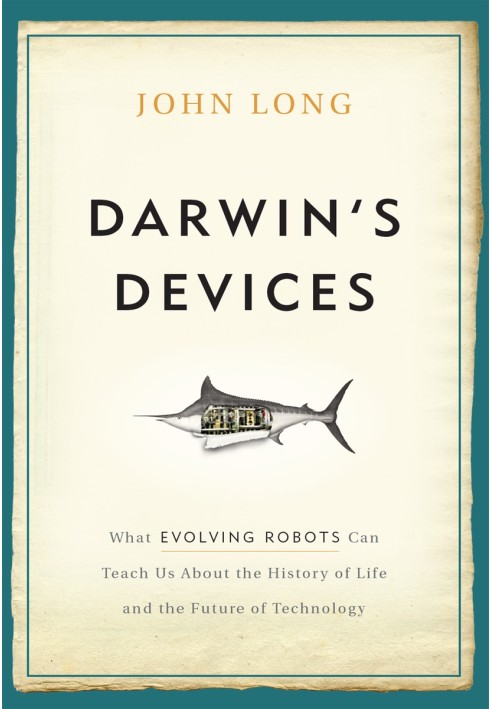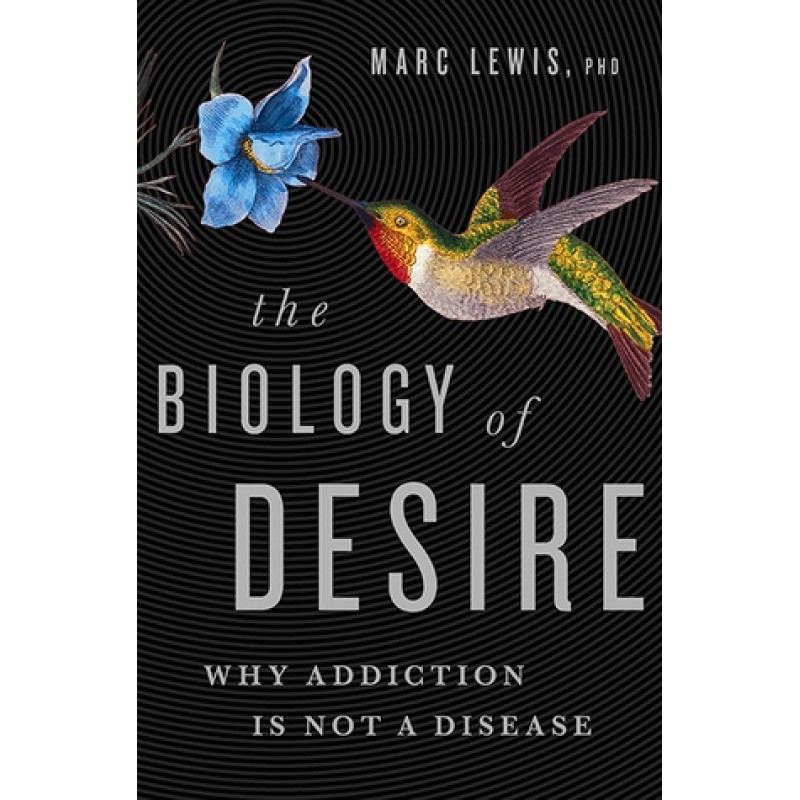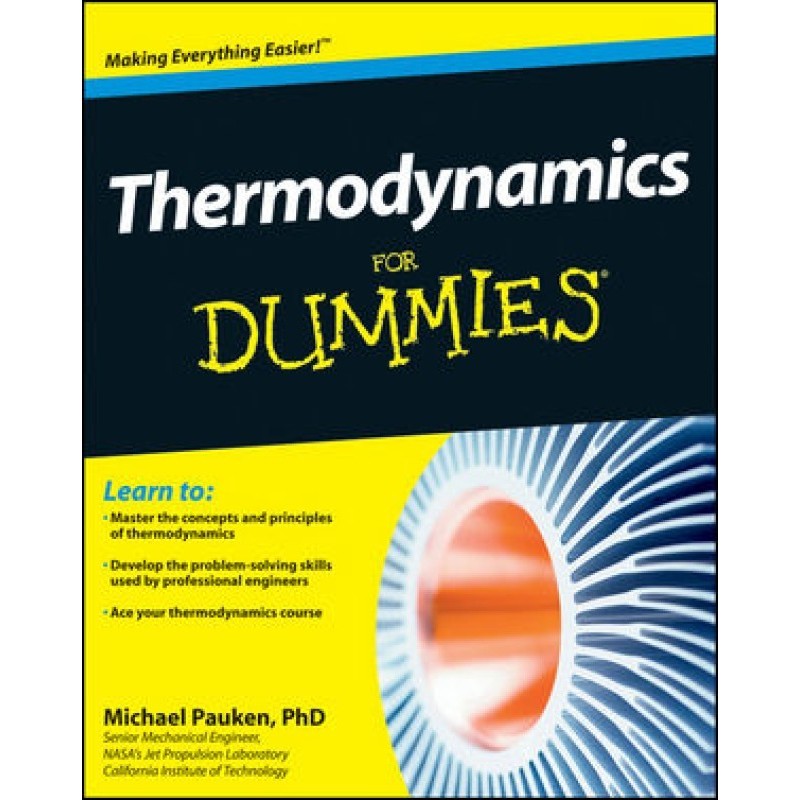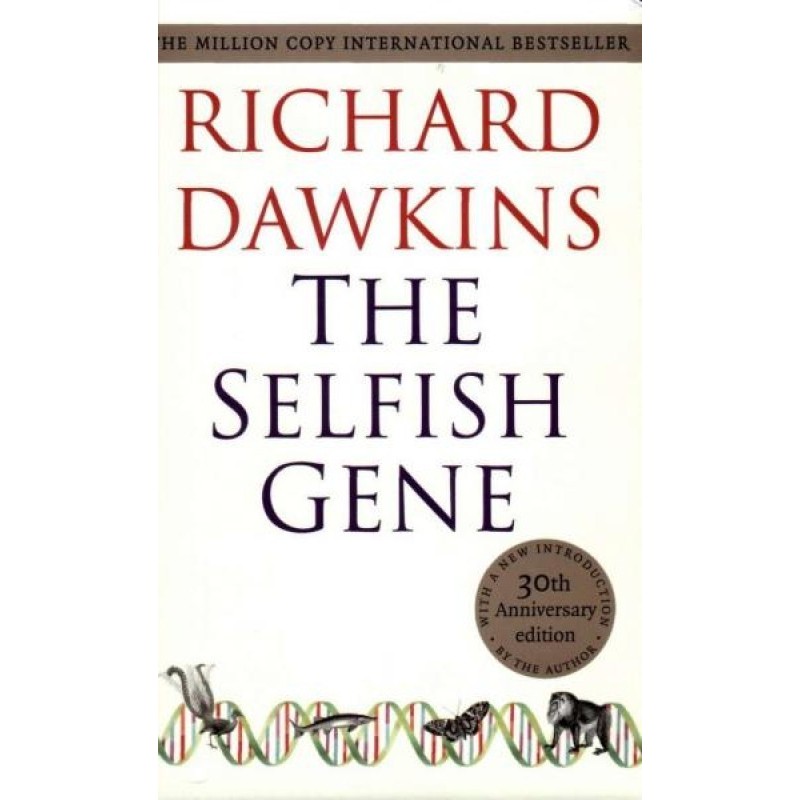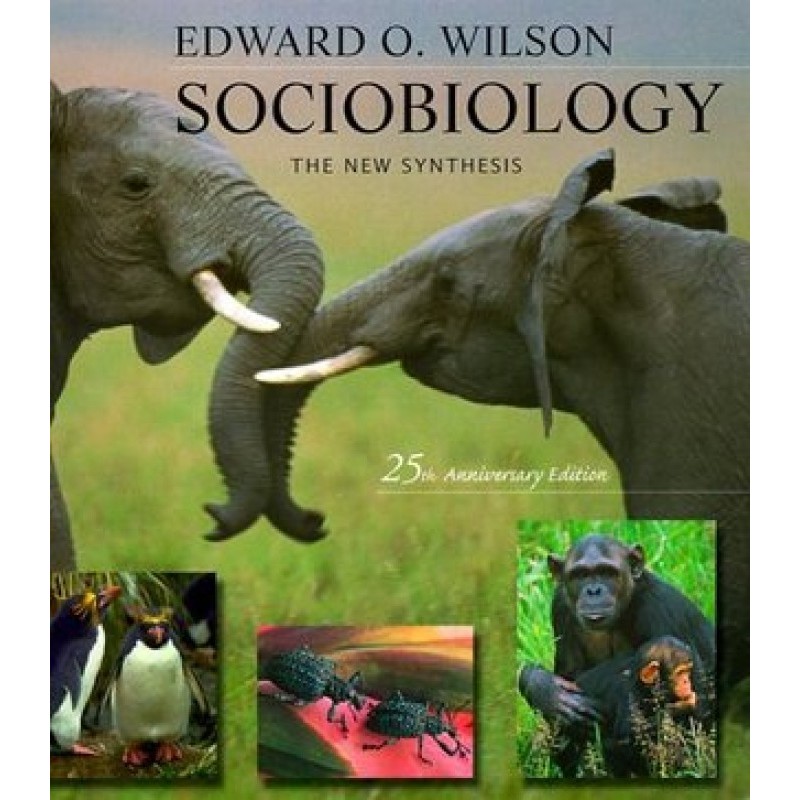Darwin’s Devices
 Instant download
Instant download
after payment (24/7)
 Wide range of formats
Wide range of formats
(for all gadgets)
 Full book
Full book
(including for Apple and Android)
The challenge of studying evolution is that the history of life is buried inthe past—we can’t witness the dramatic events that shaped the adaptations wesee today. But biorobotics expert John Long has found an ingenious way toovercome this problem: he creates robots that look and behave like extinctanimals, subjects them to evolutionary pressures, lets them compete for matesand resources, and mutates their ‘genes’. In short, he lets robots play thegame of life.In Darwin’s Devices, Long tells the story of these evolving biorobots—how theycame to be, and what they can teach us about the biology of living and extinctspecies. Evolving biorobots can replicate creatures that disappeared from theearth long ago, showing us in real time what happens in the face of unexpectedenvironmental challenges. Biomechanically correct models of backbonesfunctioning as part of an autonomous robot, for example, can help usunderstand why the first vertebrates evolved them.But the most impressive feature of these robots, as Long shows, is theirability to illustrate the power of evolution to solve difficult technologicalchallenges autonomously—without human input regarding what a workable solutionmight be. Even a simple robot can create complex behavior, often learning orevolving greater intelligence than humans could possibly program. Thisremarkable idea could forever alter the face of engineering, design, and evenwarfare.An amazing tour through the workings of a fertile mind, Darwin’s Devices willmake you rethink everything you thought you knew about evolution, robotintelligence, and life itself.
Data sheet
- Name of the Author
- Джон Лонг
- Language
- English

